
HPTLC: The cost-effective powerhouse for enhanced separation

High-performance thin-layer chromatography (HPTLC) is a powerful analytical technique used to separate, identify, and quantify components in a complex mixture. This sophisticated technique finds extensive application across diverse sectors, including pharmaceuticals, food and beverage, environmental analysis, cosmetics, and forensic science.
In HPTLC, a sample is deposited as a small spot onto a thin layer of adsorbent material, usually silica gel which is coated on a flat plate. This plate is subsequently immersed in a solvent system within a sealed chamber, facilitating the migration of sample components along the plate based on their interactions with the stationary and mobile phases. The separation process is influenced by many factors, including the nature of the stationary phase, the composition of the mobile phase, and the properties of the analytes themselves. Once the separation is complete, the plate is visualized under UV light or with the help of chemical reagents.
HPTLC offers several advantages over other chromatographic techniques, such as thin-layer chromatography (TLC). For instance, when comparing HPTLC with TLC, HPTLC offers enhanced resolution and sensitivity, leading to sharper peaks and improved separation efficiency.
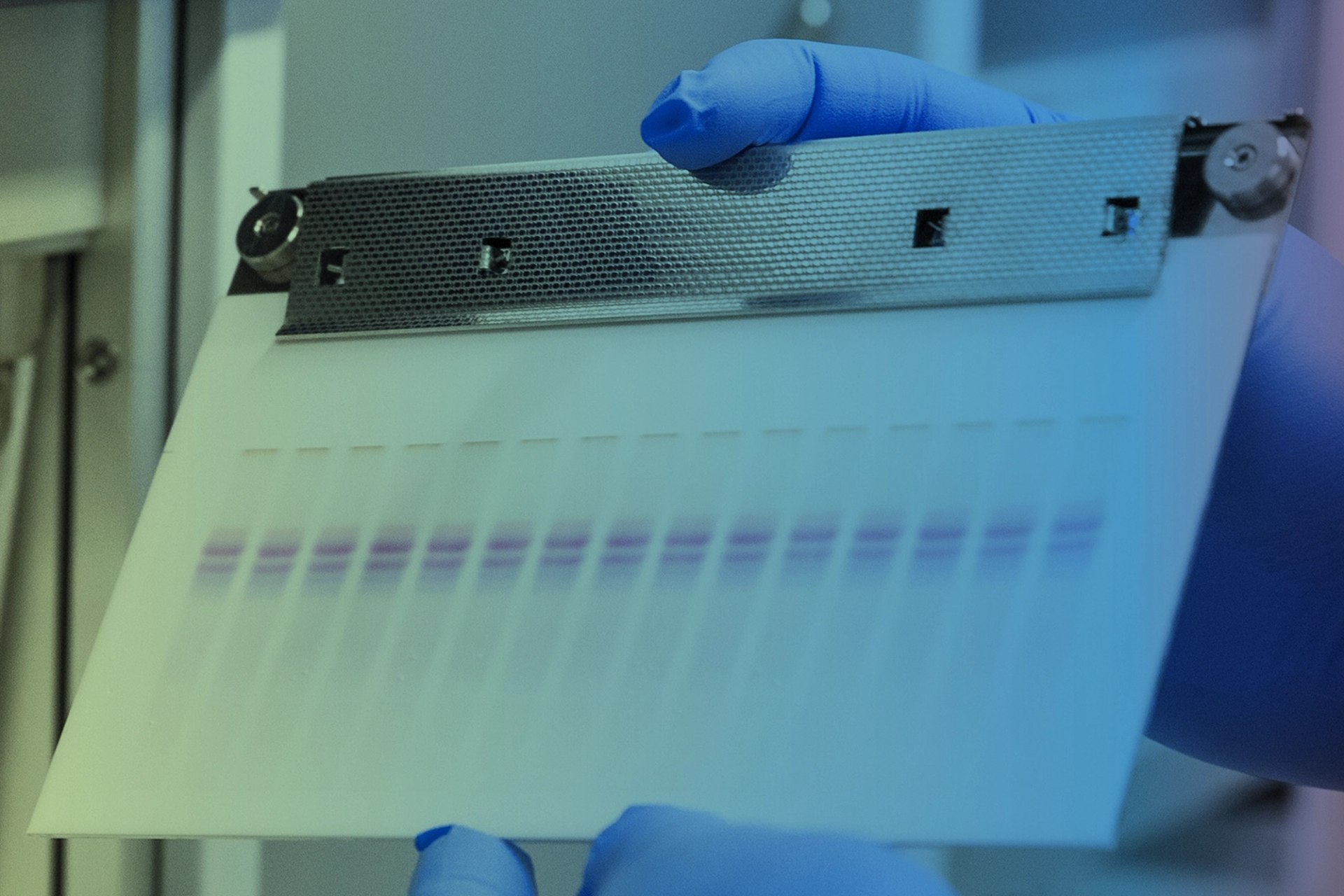
For instance, when comparing HPTLC with TLC, HPTLC offers enhanced resolution and sensitivity, leading to sharper peaks and improved separation efficiency. Additionally, HPTLC systems typically facilitate faster analysis and higher sample throughput, alongside providing greater accuracy in quantitative measurements. HPTLC also requires smaller sample volumes, making it suitable for limited quantities or potent compounds. With a wider range of detection options and flexibility in stationary and mobile phases, HPTLC offers versatile analysis capabilities, making it a preferred choice for chromatographic applications where precise quantification, speed, and flexibility are paramount.
In this comprehensive resource, explore the growing significance of HPTLC as a preferred analytical technique for the precise identification and quantification of analytes within complex matrices. Plus, explore applications across diverse fields including forensics, pharmaceuticals, cosmetics, and beyond, uncovering the unparalleled capabilities of HPTLC.
Watch the webinar below to gain deeper insights into the advancements of fully automated high-performance HPTLC.

CAMAG presents a webinar where a fully automated system for HPTLC is discussed. Dr. Melanie Broszat, scientific business development manager at CAMAG, explains the various components of the system, including the sample application device, the plate handler, and the data analysis software, and describes how they work together to automate the entire process of conducting an HPTLC experiment.
Watch webinar
Herbal drugs
In the realm of modern healthcare, the use of herbal drugs has increased significantly. This has been driven by a growing interest in natural remedies and traditional medicine practices. However, accompanying this surge is an urgent requirement: to guarantee the quality, safety, and efficacy of these herbal products. As laboratories engage in the analysis of herbal drugs, they encounter a whole range of challenges, from the need to analyze complex matrices to the variability in chemical composition. HPTLC stands out as an analytical technique that offers both reliability and efficiency, providing clear advantages over other methods of analysis.
Herbal drugs are inherently complex and comprise numerous components, making ensuring their quality a challenge. Through the utilization of high-end instrumentation and standardized procedures, HPTLC emerges as a reliable solution capable of delivering reproducible and cGMP-compliant results.
In this section, explore how HPTLC proves to be the ideal solution for drug analysis, offering flexibility, compatibility with mass spectrometry coupling, and aiding in regulatory compliance. Plus, find out more about the other applications that could benefit from this technique, including product quality, product development and stability testing.

Discover why HPTLC is widely recognized as the preferred method for analyzing substances in complex matrices.
Download whitepaper
Watch this webinar and explore the latest advancements in quality control for herbal drugs using HPTLC.
Watch webinar
Food
HPTLC has emerged as a powerful analytical technique in the field of food analysis, offering both precision and versatility. By separating and quantifying components within complex food matrices, HPTLC enables researchers and food industry professionals to assess the quality, safety, and authenticity of food products with exceptional accuracy. Its significance lies in its ability to detect and quantify a wide range of compounds, including vitamins, pesticides, mycotoxins, and food additives, among others.
With its rapid analysis capabilities and high sensitivity, HPTLC plays a crucial role in ensuring compliance with regulatory standards, ensuring food quality, and monitoring food safety throughout the supply chain. Moreover, its cost-effectiveness and ease of use make it accessible to laboratories of varying sizes, further contributing to its widespread use in food analysis.
Laboratories encounter various difficulties when screening for contaminants and meeting testing requirements in food analysis. These challenges range from dealing with the complexity of food matrices, potential contaminants, and the need for rapid and reliable analysis methods. HPTLC offers a solution to these challenges by providing high sensitivity and specificity to allow for the detection of trace levels of contaminants, even in the presence of interfering compounds. Additionally, HPTLC's flexibility enables laboratories to adapt their methods to meet specific testing requirements, whether for regulatory compliance, quality control, or research purposes. By leveraging the capabilities of HPTLC, laboratories can overcome these difficulties and ensure the safety and authenticity of food products, and therefore safeguarding public health and consumer trust.

This resource explores the versatility, reliability, and cost-efficiency of HPTLC as a tool for the rapid analysis of multiple samples. It demonstrates how HPTLC can effectively handle diverse and complex food matrices, making it an ideal choice for quality control tasks. Its applications extend to testing additives, screening for food contaminants, such as aflatoxins, analyzing illegal dyes in spices, and much more.
Download whitepaper
Quantifying carbohydrates presents numerous challenges, given their high polarity, low volatility, and presence in complex matrices. Explore two HPTLC-based methods designed to address these challenges, facilitating the effective separation of mono- and oligosaccharides with minimal sample preparation. This resource also showcases the application of the HPTLC PRO System for rapid and cost-effective sample analysis. Notably, this system can autonomously process up to five HPTLC plates without manual intervention, thereby significantly reducing run time per plate compared to conventional methods.
Download application note
Contamination of food with mineral oil products poses a significant food safety concern. These mineral oils, often referred to as MOH (mineral oil hydrocarbons), are complex mixtures derived from crude oil, and can find their way into food as contaminants. The diverse nature of these compounds makes it challenging to analyze them effectively. For companies engaged in milk processing, it is especially important to identify milk batches that may be contaminated with paraffin oil. CAMAG provides insights into mineral oil products and explains how high-performance thin-layer chromatography (HPTLC) is a suitable technique for meeting these analytical requirements. Plus, find out how HPTLC’s ability to simultaneously separate multiple samples make it well-suited for this purpose.
Download application note
Forensics
HPTLC has emerged as a valuable analytical technique in forensic science, particularly for the identification and analysis of forensic drugs. With its ability to separate and quantify complex mixtures of compounds rapidly and with high precision, HPTLC plays a crucial role in forensic investigations involving drug-related crimes.
Explore the resources below to find out more behind the value of HPTLC, and how instruments from CAMAG can be used to help speed up analysis.

Most forensic cases demand further analytical testing to ensure the accuracy of results. HPTLC is a valuable method for screening multiple complex samples, especially for detecting substances like drugs of abuse and regulated pharmaceuticals. To delve deeper into this topic, the resource below explores the analysis of steroids and selective androgen receptor modulators (SARMS). This is significant because HPTLC offers a rapid screening method for various products that are being used more frequently, including fitness boosters or dietary supplements. Additionally, the resource also explores the separation, identification, and quantification of explosives, including nitro and nitramino compounds – both essential components of explosives utilized in warheads and shells.
Download whitepaper
Cannabis sativa, commonly known as hemp, encompasses a diverse array of genetically distinct strains, each exhibiting unique cannabinoid compositions. Of these cannabinoids, tetrahydrocannabinol (THC) is rigorously regulated in industrial hemp and is also integral to both medicinal and recreational applications. Accurate measurement of THC is therefore paramount. Explore how CAMAG's HPTLC technology offers a rapid, cost-effective, and reliable method for determining the qualitative and quantitative levels of cannabidiol (CBD), cannabinol (CBN), and THC in Cannabis sativa.
Download application note
Ensuring precise drug identification is crucial in forensic investigations carried out by police laboratories. CAMAG presents a method showcasing cost-effective drug identity testing with the TLC-MS Interface 2. The method offers a rapid and economical approach to drug identity testing. By combining HPTLC with micro-chemical reactions and advanced detection techniques, law enforcement agencies can effectively conduct accurate screening and confirmation of forensic drugs.
Download application note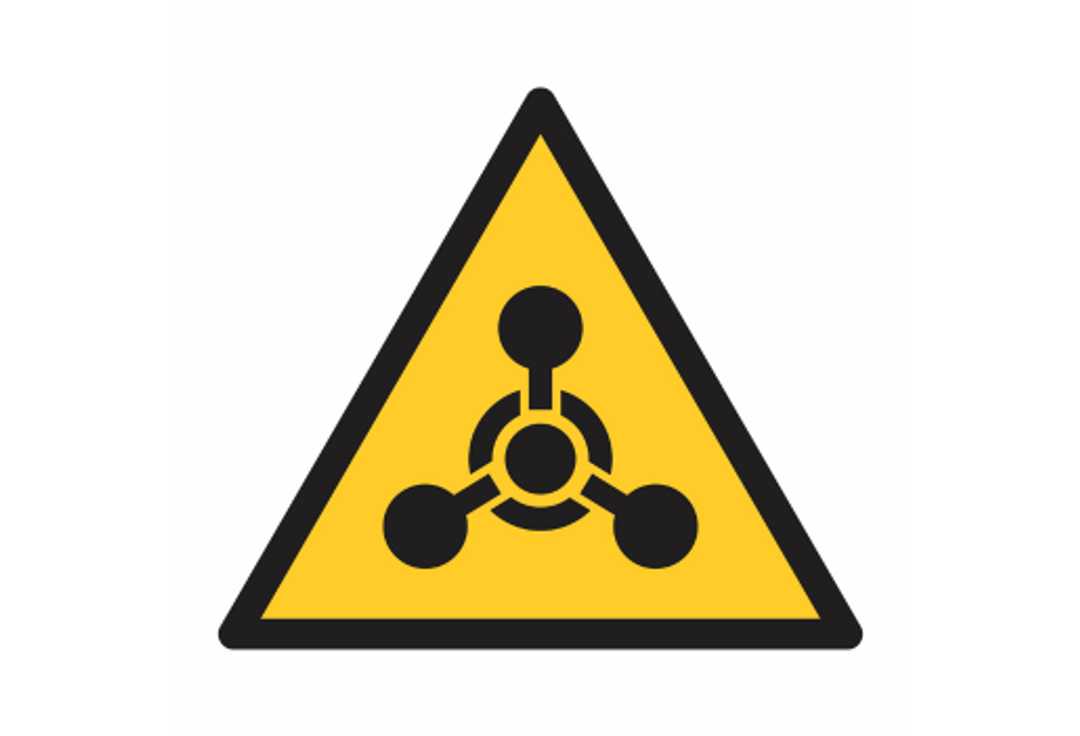
Chemical warfare agents encompass solid, liquid, or gaseous substances that, even in minimal quantities, can have harmful effects on humans, animals, or plants. Due to their potential use in chemical warfare and terrorist attacks, CAMAG has developed HPTLC methods for the identification and detection of nerve agents, blistering agents and irritants, and arsenic agents. By using HPTLC instruments, the process minimizes analysts’ physical interaction with toxic samples.
Download application note
Pharmaceuticals
HPTLC provides precise and efficient separation, identification, and quantification of complex mixtures of pharmaceutical compounds. This technique plays a crucial role in ensuring the safety, efficacy, and consistency of pharmaceutical formulations, facilitating the analysis of raw materials, intermediates, and finished products. Its versatility, reproducibility, and cost-effectiveness make it an invaluable tool for pharmaceutical scientists and regulatory authorities alike, enabling comprehensive characterization of drugs and pharmaceutical ingredients. As the pharmaceutical industry continues to evolve, HPTLC remains a cornerstone technology, empowering researchers and manufacturers to meet the highest standards of quality, purity, and performance in pharmaceutical products.
Specifically, lipid-based formulations (LBFs) in pharmaceuticals refers to drug delivery systems that utilize lipids or lipid-like components as carriers for drug molecules. These formulations are designed to enhance the solubility, absorption, bioavailability, and targeted delivery of poorly water-soluble drugs. In the resources below, discover how HPTLC can provide solutions for analyzing complex lipid-based formulations.
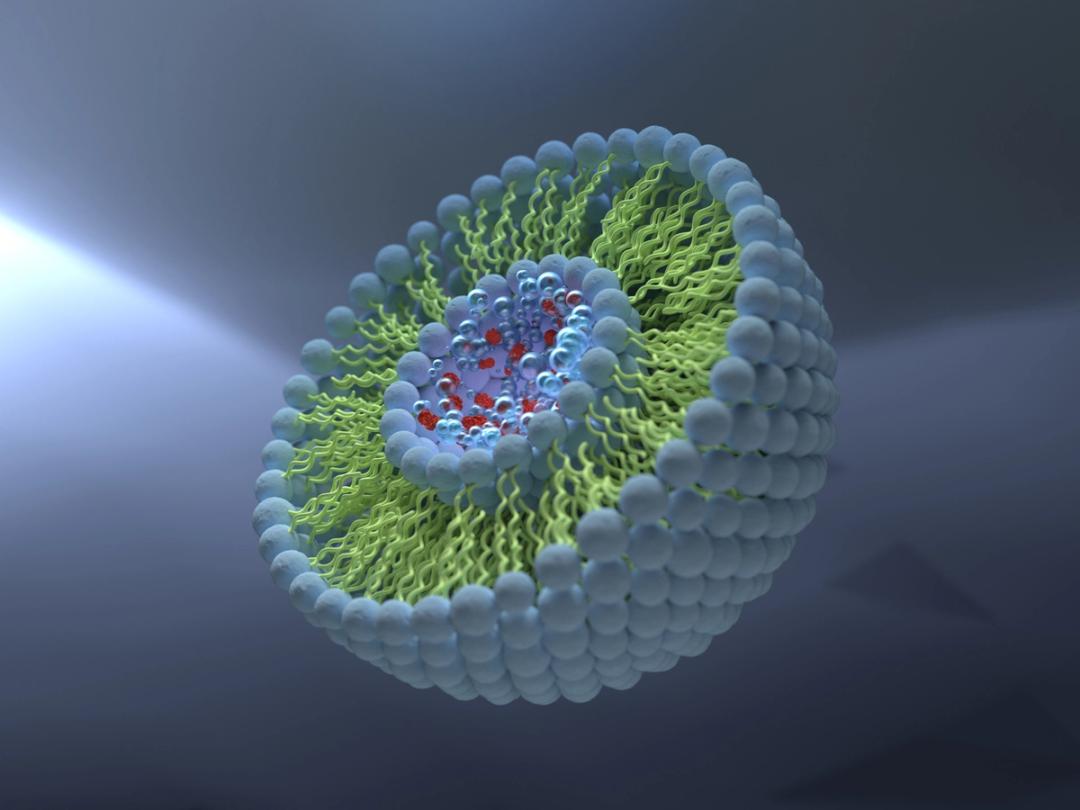
Discover the numerous benefits HPTLC offers to quality control labs, and why it stands out as the preferred method for lipid analysis among pharmaceutical companies and lipid research groups. Plus, explore the intricacies of HPTLC fingerprint (chromogram) production.
Watch webinar
Explore lipid-based formulations and their role in improving drug solubility. These formulations enhance solubility by maintaining the drug in a dissolved state and preventing its precipitation into solid particles. Additionally, discover a methodology for lipid and lipid-based formulation analysis using HPTLC, demonstrating the separation and detection of lipids utilized in vaccine production.
Download resource
Cosmetics
The cosmetics industry is a complex world where science, trends, and regulations meet to create a range of skincare and makeup products. Keeping these products safe and effective is crucial. Fortunately, HPTLC offers precise and versatile analysis capabilities, allowing researchers and manufacturers to assess the composition, purity, and stability of cosmetic ingredients efficiently. Its ability to provide detailed insights into complex mixtures makes it indispensable for quality control, product development, and regulatory compliance within the cosmetics industry.
The resources below highlight how HPTLC can improve quality control and safety in the cosmetics industry. We specifically explore the analysis of UV filters commonly found in cosmetic products. Identifying UV filters in creams can be challenging due to the numerous ingredients present, but HPTLC separation enables the confirmation of these compounds through mass detection. Additionally, we examine the use of Edelweiss plants in cosmetics, and how HPTLC facilitates the identification of phenolic compounds, flavonoids, and caffeoyl esters extracted from different Edelweiss species.

Sunscreen products contain ultraviolet (UV) filters that absorb or reflect a part of the sun’s UV radiation. The identification of UV filters in cream can be a challenging task because of the multiple ingredients used in the cosmetic formulation. After simple sample preparation followed by HPTLC separation, the presence of the target compounds can be confirmed by mass detection.
Download application note
CAMAG discusses a method for identifying phenolic compounds, flavonoids, and caffeoyl esters present in various Edelweiss species, as well as their dry powdered or glycerin extracts used in cosmetic formulations. The HPTLC method presented uses a set of standards of caffeoyl esters (3,5-dicaffeoyl quinic acid, leontopodic acids A and B) to identify Leontopodium spp. and differentiate different sources and grades of cosmetic ingredients and finished products.
Download application note
Featured products
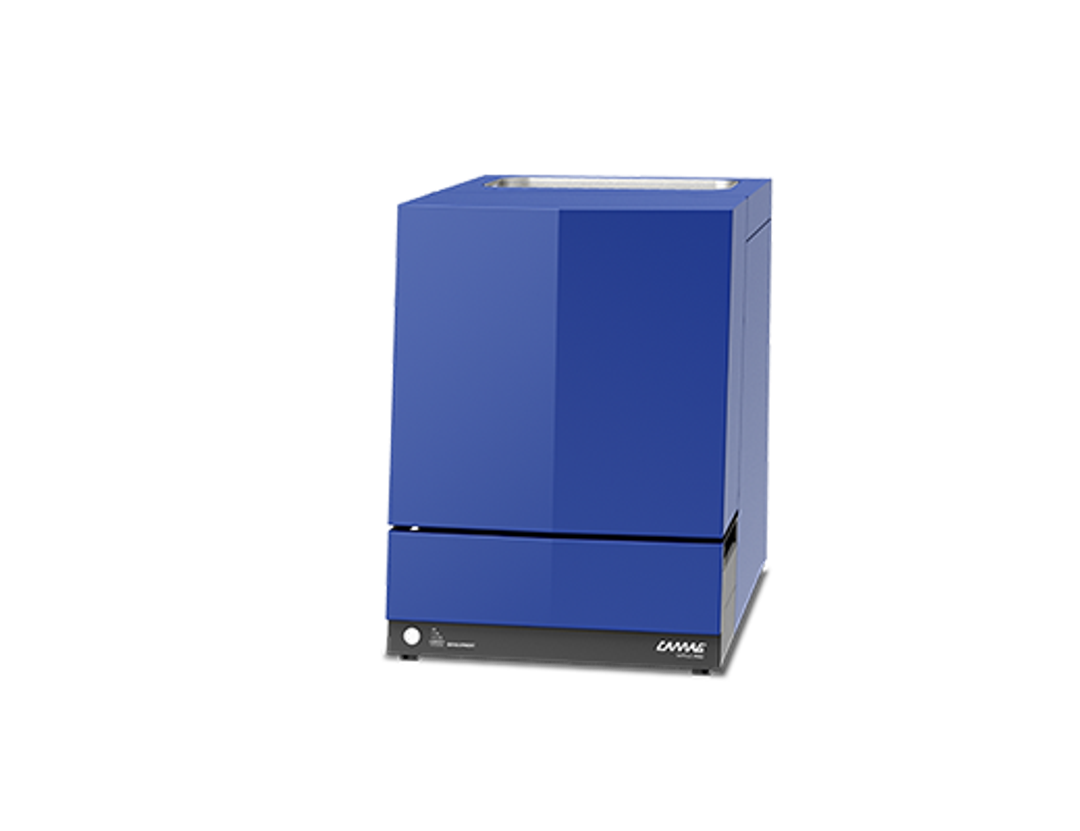
The HPTLC PRO Module APPLICATION is designed for highly precise application of samples as bands onto HPTLC glass plates. Controlled by the CAMAG HPTLC Software visionCATS, the autonomous application of up to 75 samples is supported (on up to five HPTLC plates).
View product
The developing chamber of the HPTLC PRO Module DEVELOPMENT revolutionizes the development step: its geometry allows for the control of the gas phase prior to and during chromatography, enabling the Module DEVELOPMENT to obtain reproducible results.
View product
Derivatization is used to visualize substance classes after separation on HPTLC glass plates (20 x 10 cm). Find out how the fully automated HPTLC PRO Module DERIVATIZATION ensures homogeneity and reproducibility in applying derivatization reagents..
View product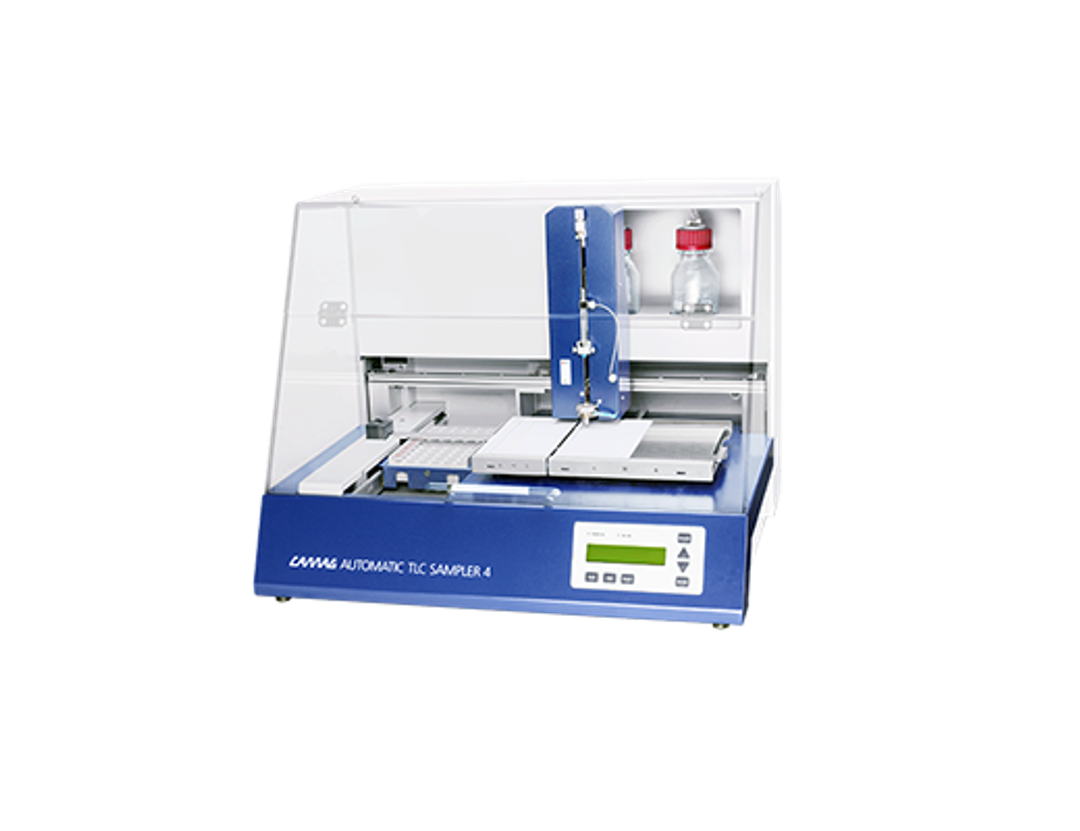
Designed for routine use and high sample throughput, the Automatic TLC Sampler 4 (ATS 4) is suited for qualitative and quantitative analyses as well as preparative separations.
View product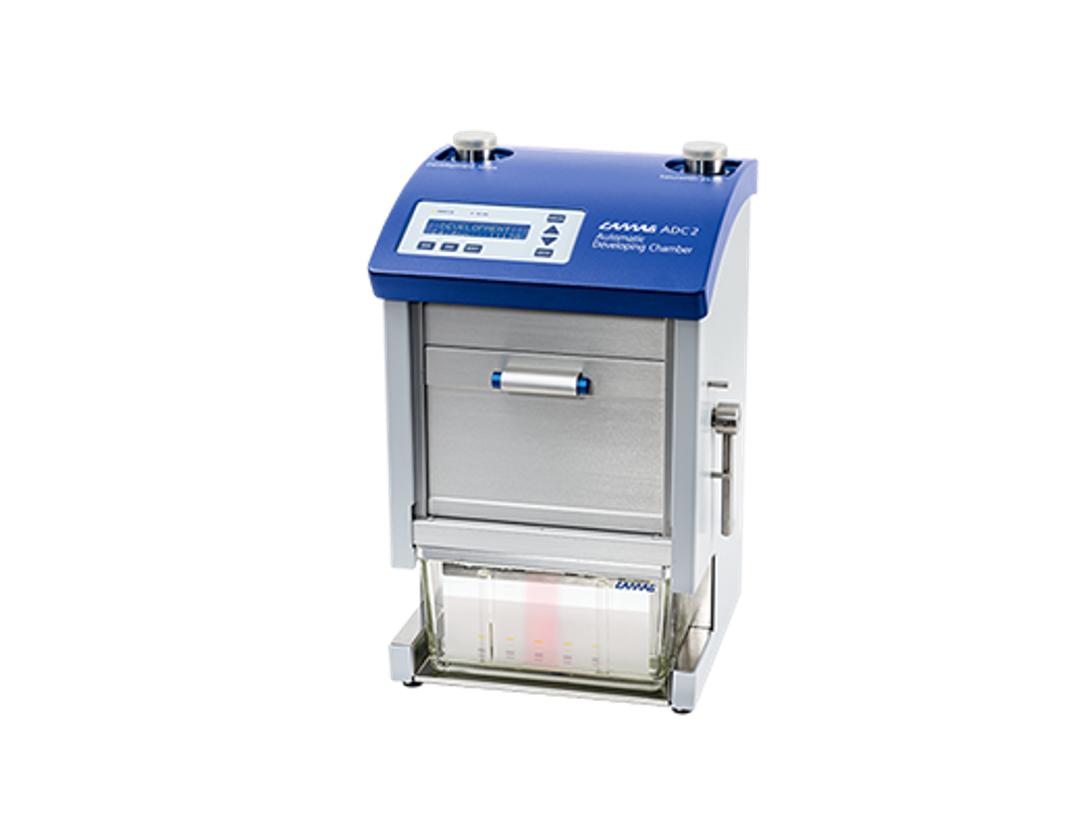
The Automatic Developing Chamber 2 (ADC 2) offers safety and reproducibility for isocratic developments of 20 x 10 cm HPTLC glass plates in full compliance with Ph. Eur. Chapter 2.8.25 and USP Chapter 203.
View product